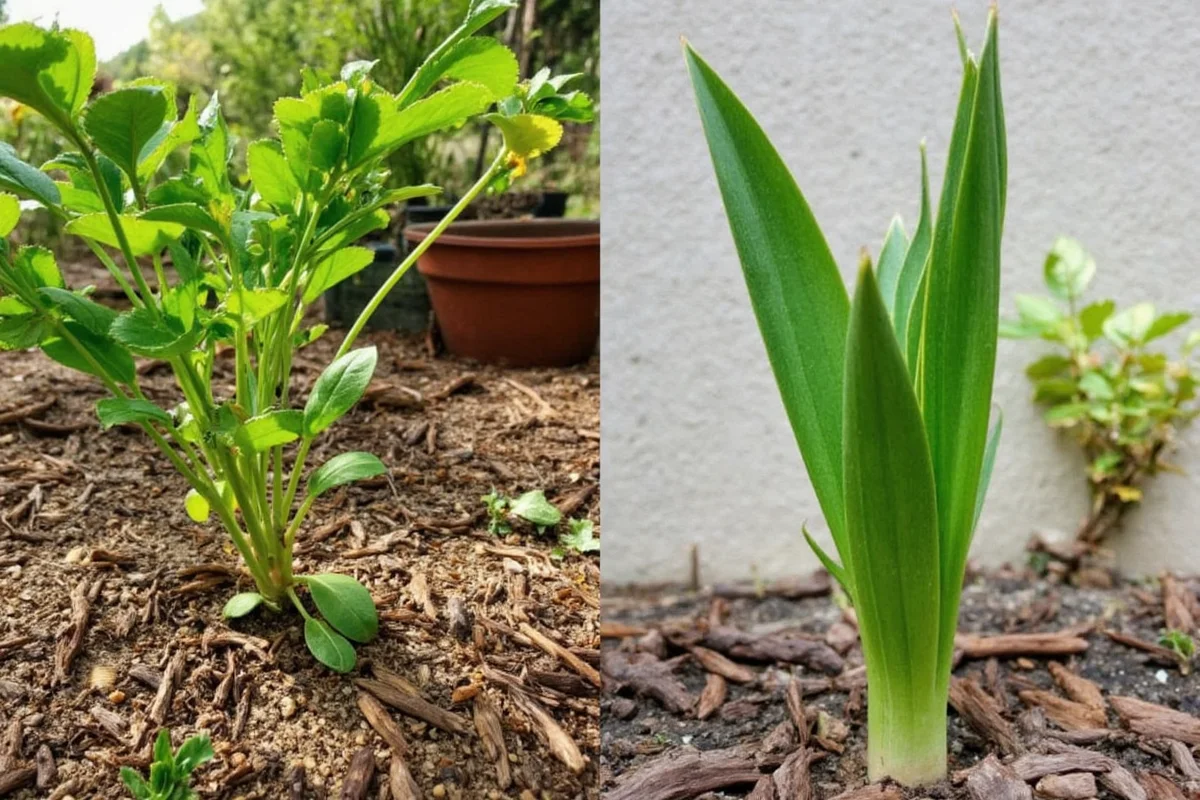Welcome to the world of Opuntia microdasys, commonly known as the Bunny Ear Cactus. This charming plant is a delightful addition to any home or garden, known for its distinctive appearance resembling bunny ears. While it’s relatively easy to care for, understanding its specific needs ensures it thrives in your environment. In this guide, we will walk you through the essentials of bunny ear cactus care, focusing on light conditions, watering, soil requirements, propagation, and common issues and their solutions.
Light Conditions for Bunny Ear Cactus
Bunny Ear Cactus thrives in an environment with ample sunlight. Being a desert-native plant, it requires a lot of bright light to grow healthy and strong. However, there are some nuances to how you should expose your cactus to light, especially if you're growing it indoors.
- Optimal Sunlight Exposure: Ideally, place your cactus in a south-facing window where it can bask in full sunlight for up to six hours a day.
- Indoor Care: If natural sunlight is limited, consider using grow lights to supplement the light exposure.
- Avoid Harsh Light: During the sweltering summer months, direct sunlight can scorch the pads of the cactus. A sheer curtain or indirect light can prevent this damage.
- Outdoor Placement: If planting outdoors, select a spot that offers full sun but has partial shade during peak sunlight hours.
Proper light conditions are crucial for the development of the pads, maintaining their size, and preventing them from stretching towards the light (etiolation).
Watering Schedule for Bunny Ear Cactus
The Bunny Ear Cactus is quite drought-tolerant due to its desert origins. However, there’s a fine balance between under-watering and over-watering. Achieving this balance is vital for its health and longevity.
- Watering Frequency: Typically, during the growing season from spring to early autumn, water the cactus every 2–3 weeks. Reduce the frequency to once a month during winter.
- Checking Moisture: Ensure the soil is dry to the touch before watering again. Use your finger or a moisture meter to check soil dryness.
- Watering Technique: Use a watering can with a narrow spout to target the soil rather than the pads, which can lead to rot.
- Signs of Over-Watering: Yellowing pads and mushiness are indicators you've gone overboard with hydration. Decrease the amount and frequency immediately.
When in doubt, err on the side of under-watering, as the Bunny Ear Cactus can handle dry spells better than excessive moisture.
Soil Requirements for Bunny Ear Cactus
Choosing the right soil is as critical as light and water for your Bunny Ear Cactus. This cactus prefers a well-draining soil mix to prevent root rot and other complications.
- Ideal Soil Mix: Use a cactus potting mix or create your own blend using regular potting soil and perlite or sand for added drainage.
- PH Levels: Aim for a slightly acidic to neutral pH; this can generally be managed with most cactus potting mixes.
- Avoid Clay Soils: Dense, clay soils trap moisture and should be avoided as they increase the risk of root rot.
- Planter Considerations: If you're potting, ensure your container has adequate drainage holes to allow excess water to escape.
The right soil will help your Bunny Ear Cactus maintain its vigor and resilience against common diseases.
Propagation of Bunny Ear Cactus
Propagating Bunny Ear Cactus is a rewarding process that can help increase your collection or share the joy with others. It is typically performed through pad cuttings, ensuring new growth with proper care.
- Selecting Pads: Choose healthy pads to propagate. They should be firm, free of any signs of disease, and mature enough to foster new roots.
- Cutting Process: Using a sterile knife, cut the pad at the joint. Allow it to dry for a few days until the cut area calluses over.
- Planting: Once healed, place the pad cut-side down on a dry, well-draining soil mix. Do not water until new growth appears.
- Environmental Conditions: Ensure the propagation area gets moderate sunlight to encourage rooting without drying out the pad.
With patience, your propagated Bunny Ear Cactus will develop roots and pads, ready for transplantation into larger pots or garden spaces.
Common Issues and Solutions for Bunny Ear Cactus
Despite its resilience, the Bunny Ear Cactus can face issues that require immediate attention. Here's how to spot trouble and act accordingly.
- Pests: Common pests include mealybugs and spider mites. Regularly inspect your cactus and treat infestations with insecticidal soap or neem oil.
- Poor Growth: If your cactus doesn’t grow as expected, reassess the light conditions and ensure it has adequate nutrients.
- Rot: Rot often results from over-watering or poor drainage. Confirm your pot's drainage and adjust the watering schedule.
- Stress Symptoms: Pad discoloration or falling indicates stress, possibly from temperature fluctuations or humidity changes. Stabilize conditions and monitor the response.
Regular monitoring and immediate action will help you maintain your cactus's vitality and aesthetic appeal.
With suitable care practices, your Bunny Ear Cactus can thrive, showcasing its adorable pads and robust health. Enjoy nurturing this unique plant and watch it flourish under your dedicated care!











 浙公网安备
33010002000092号
浙公网安备
33010002000092号 浙B2-20120091-4
浙B2-20120091-4